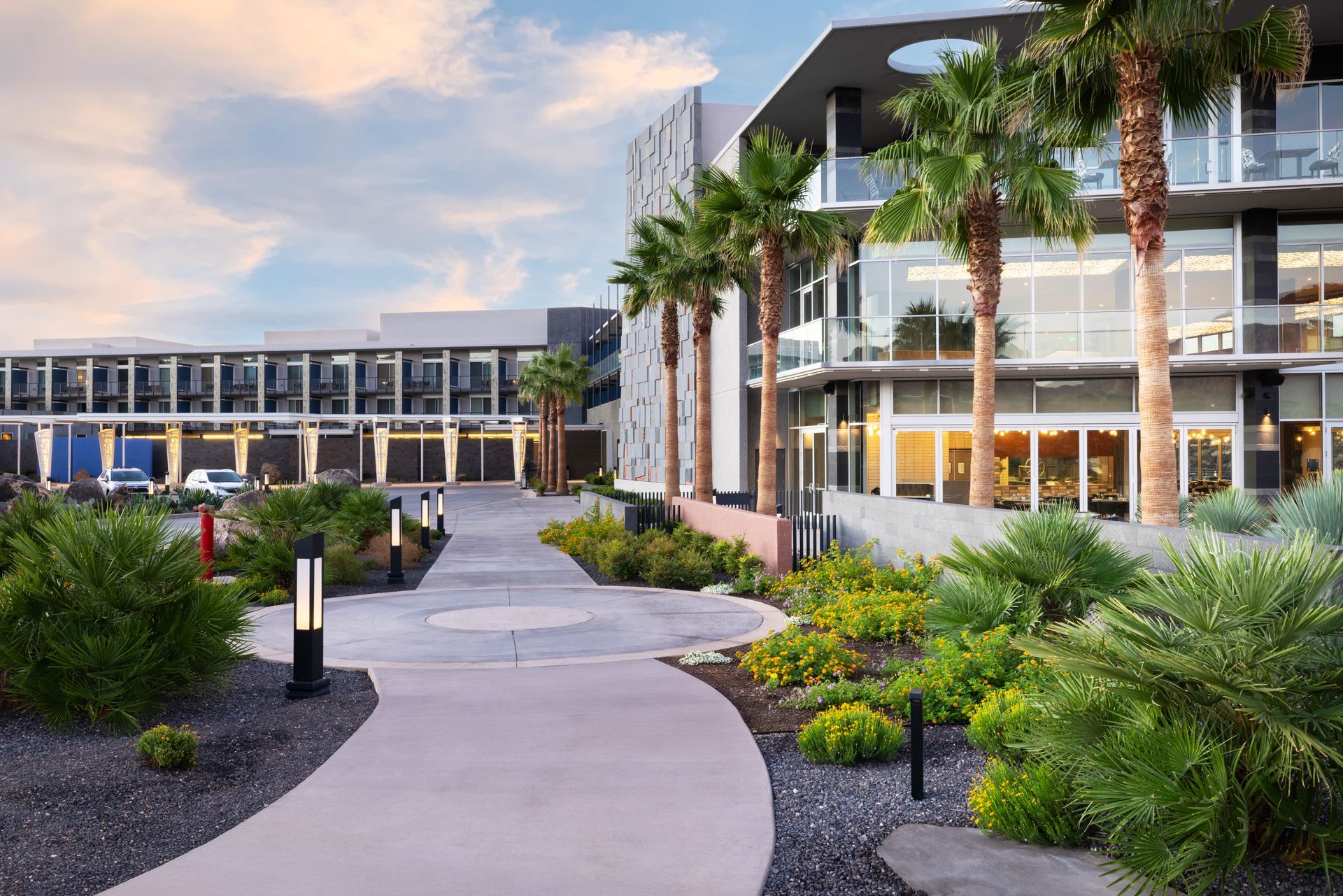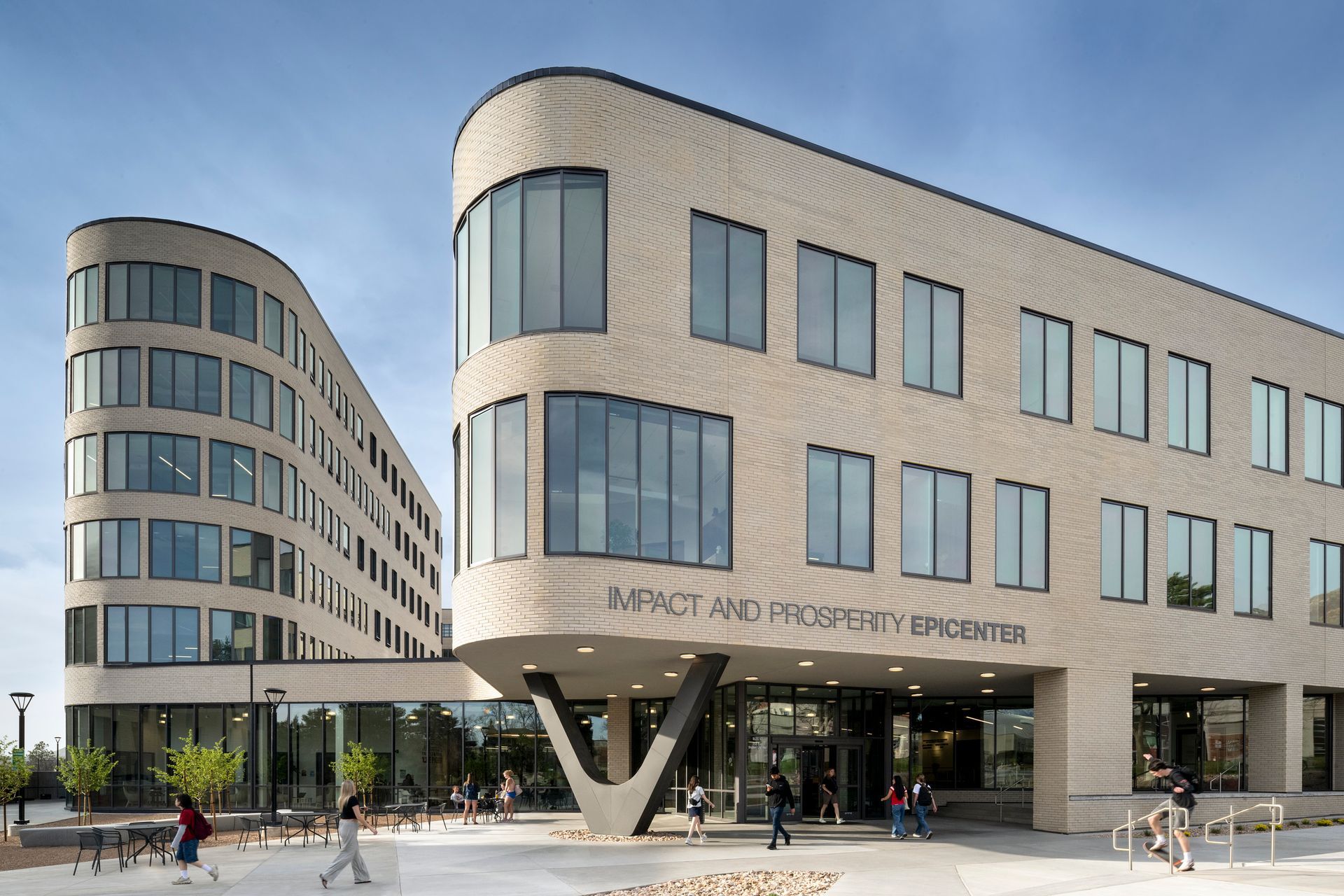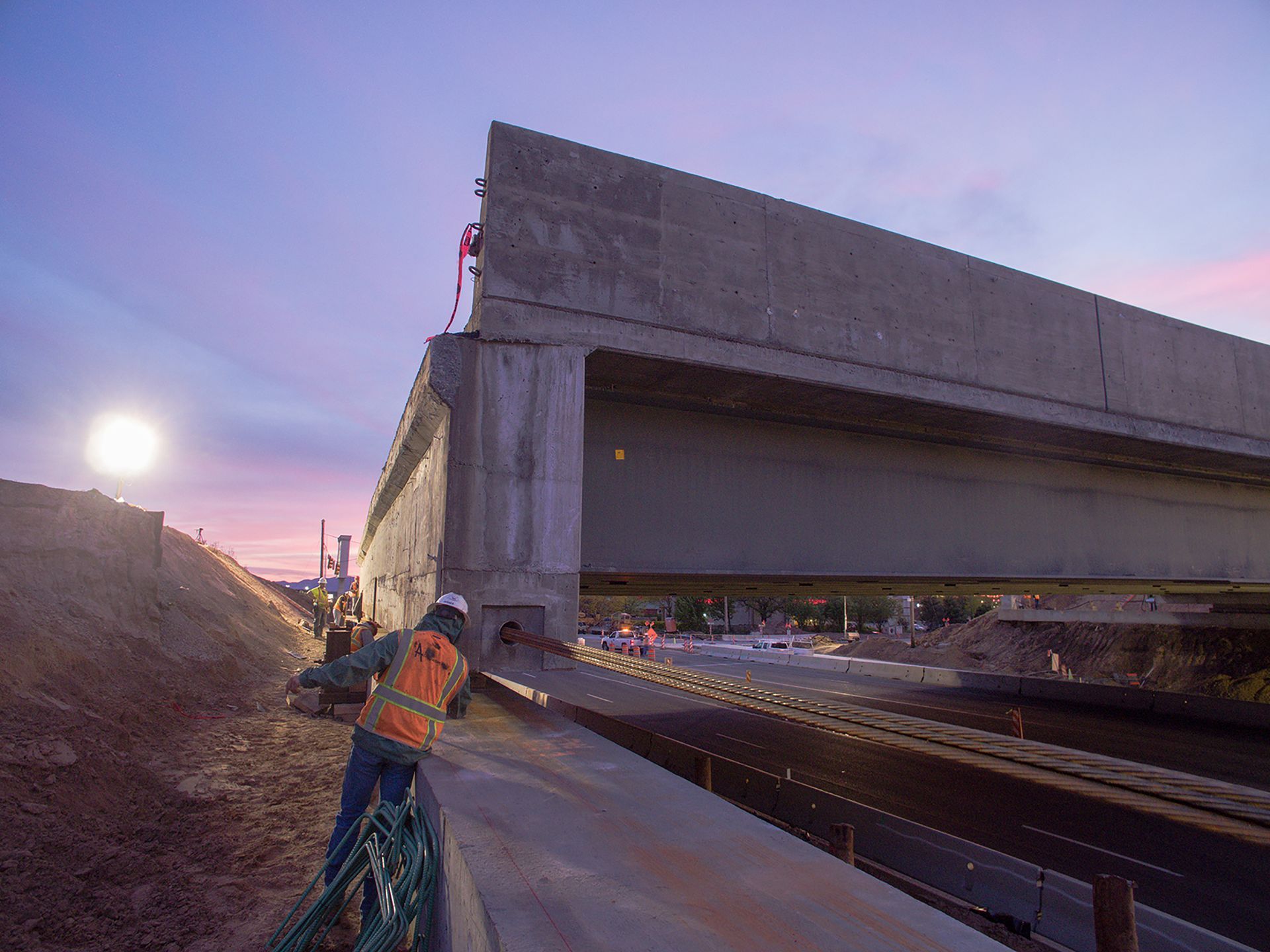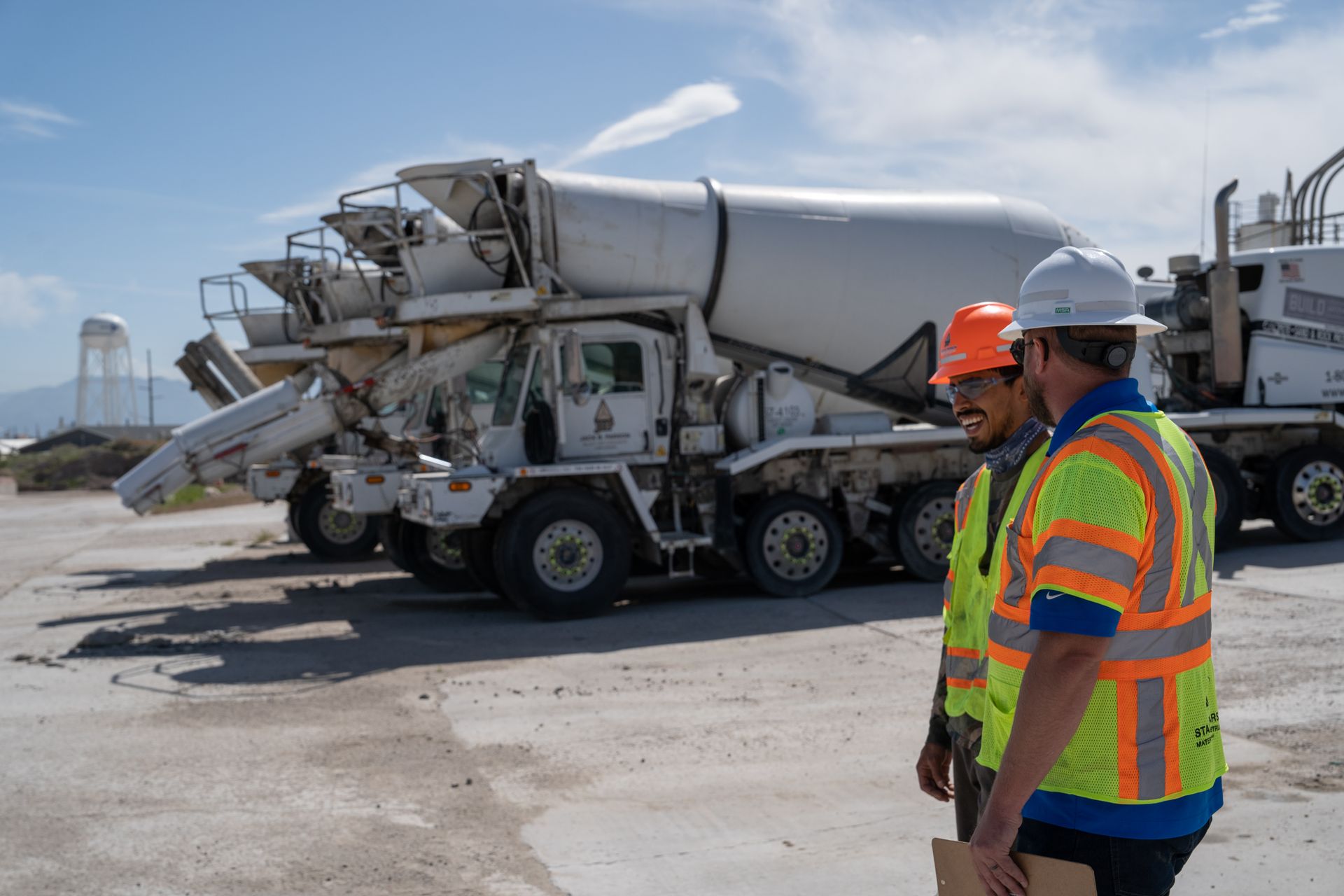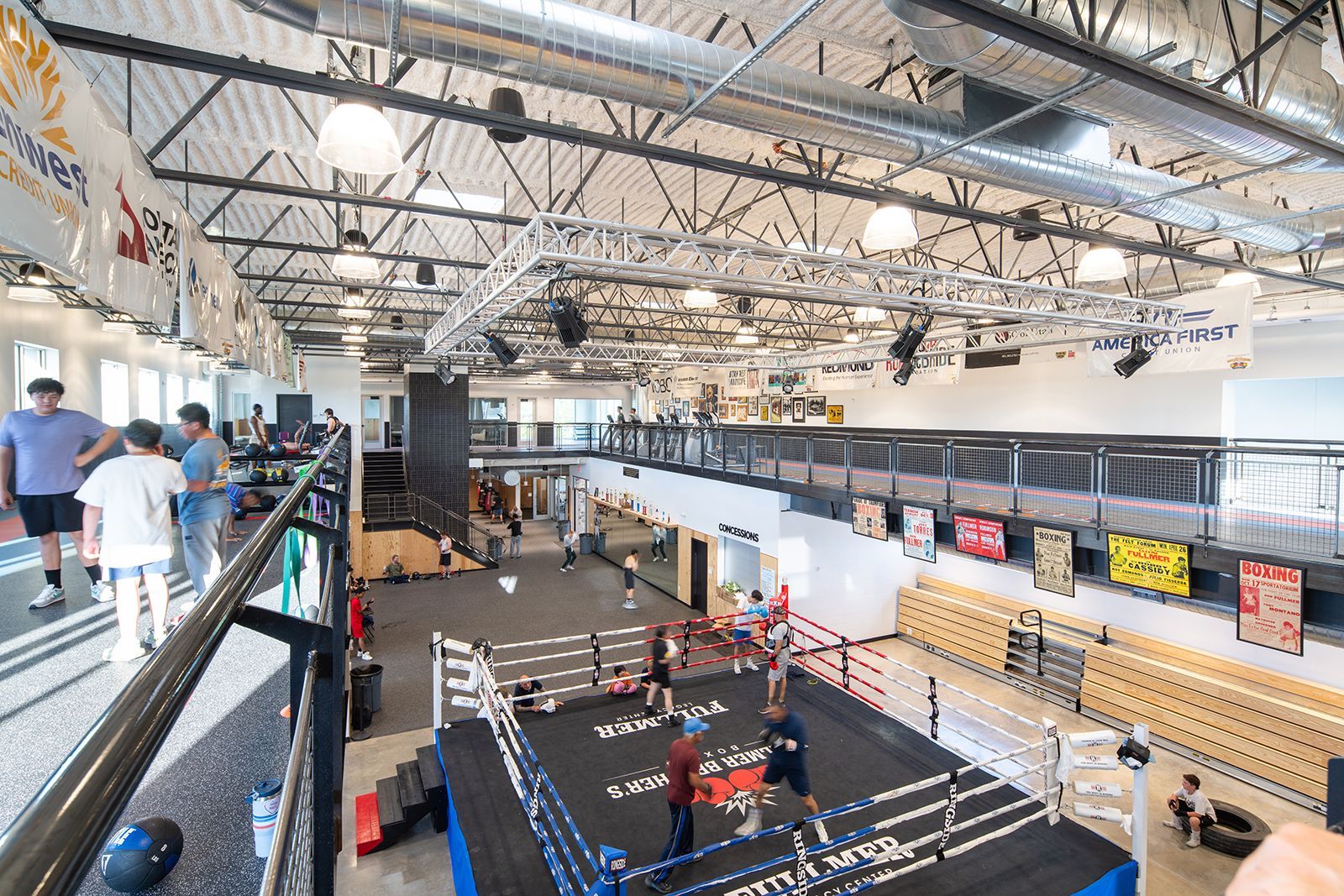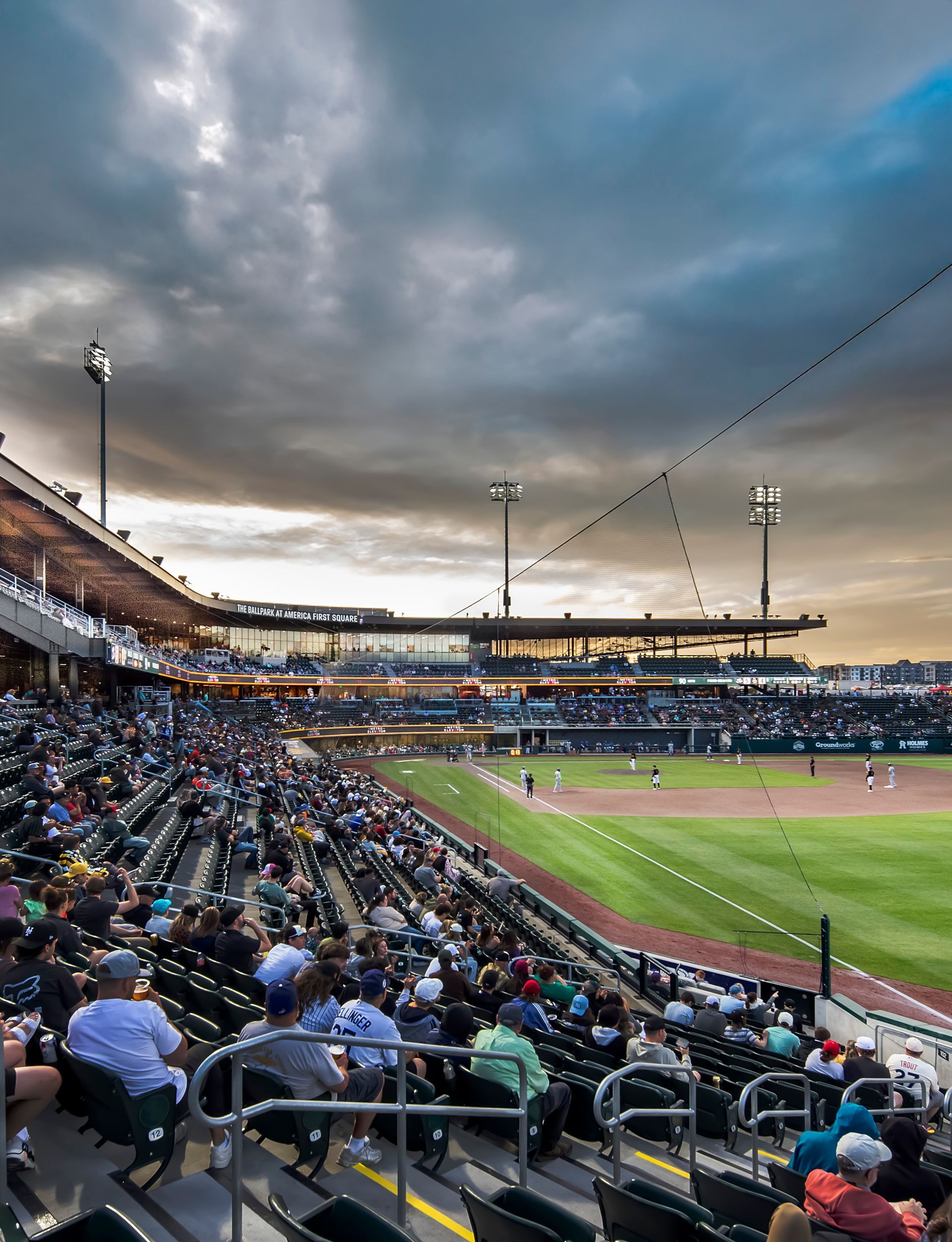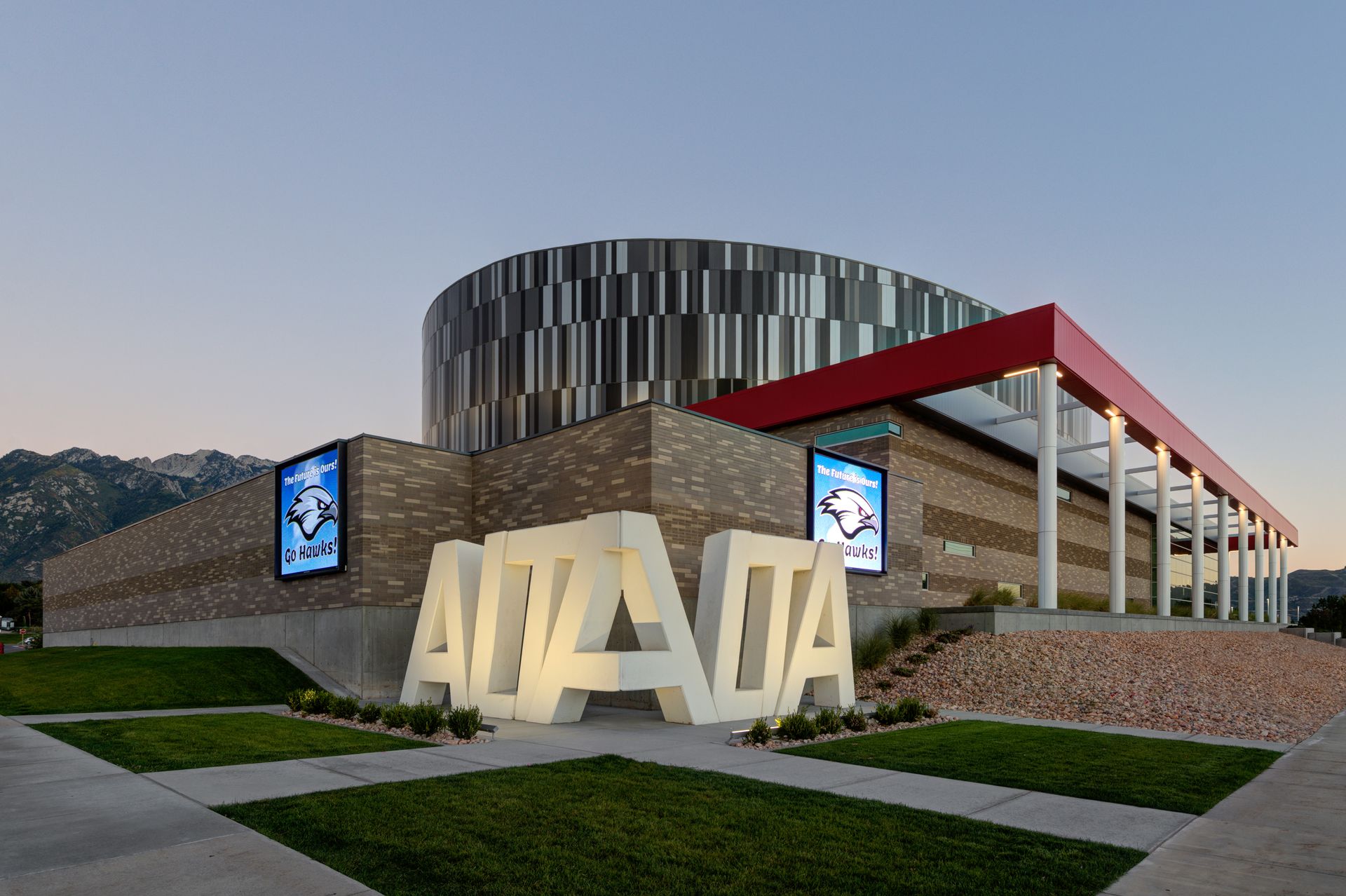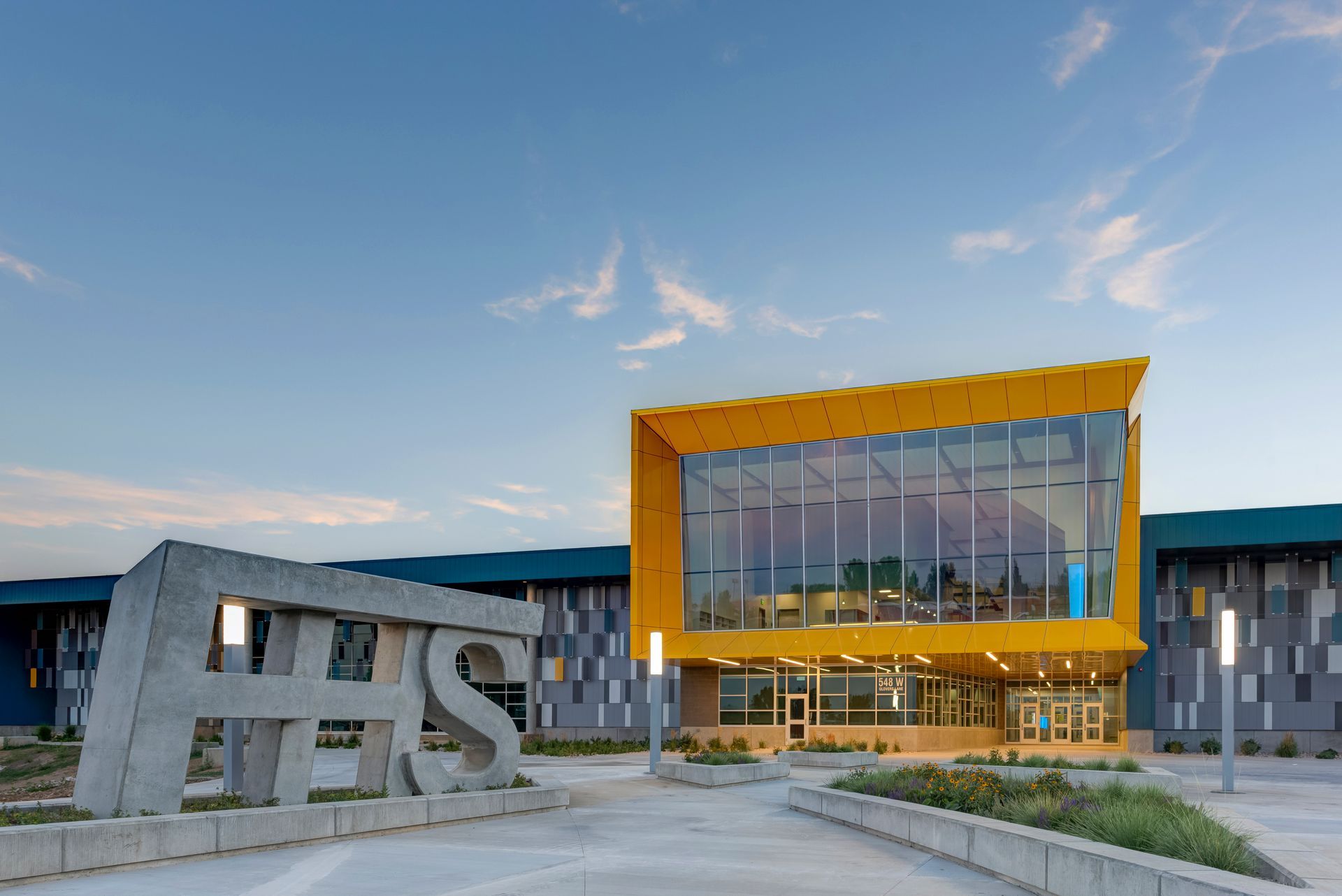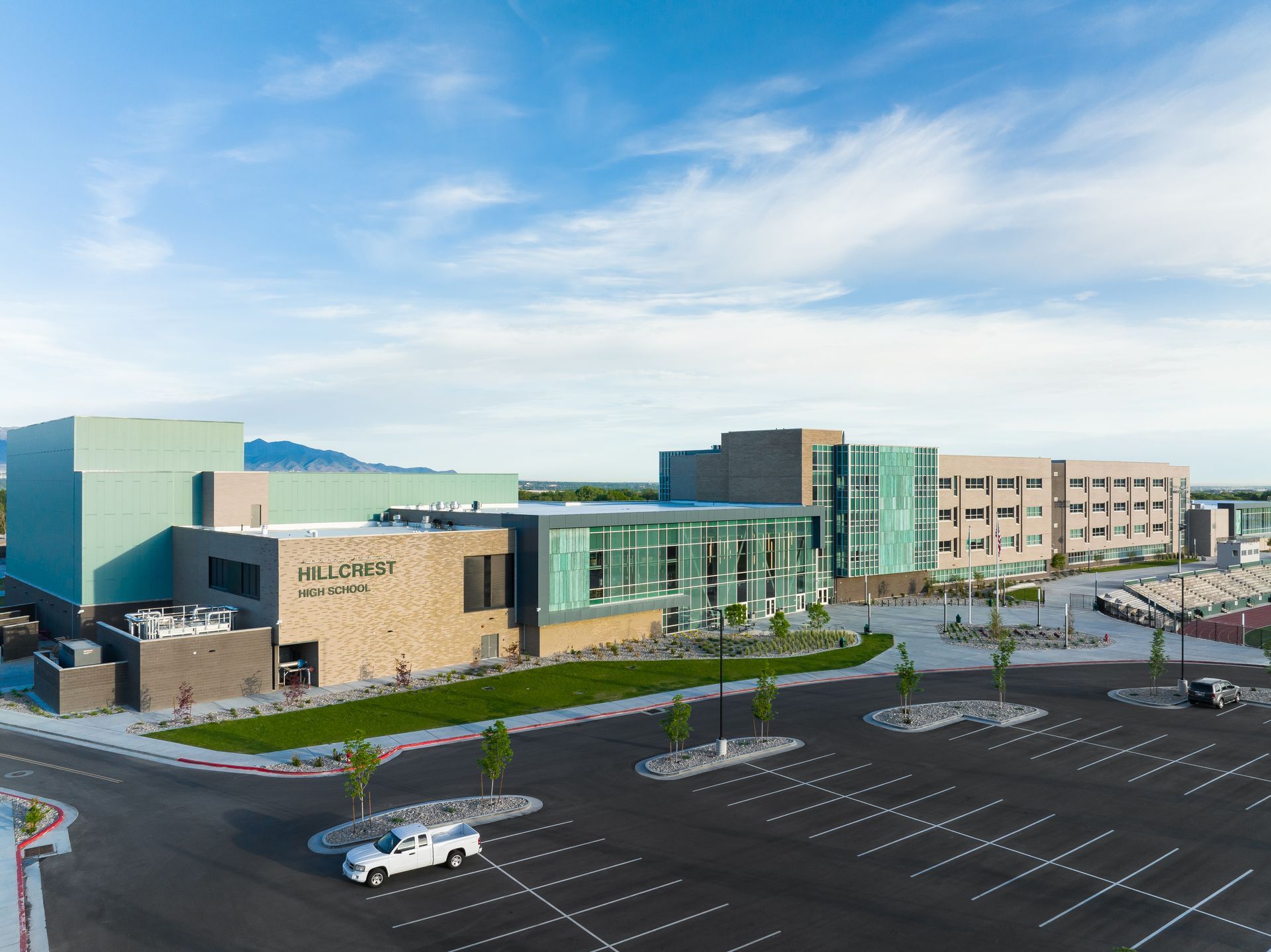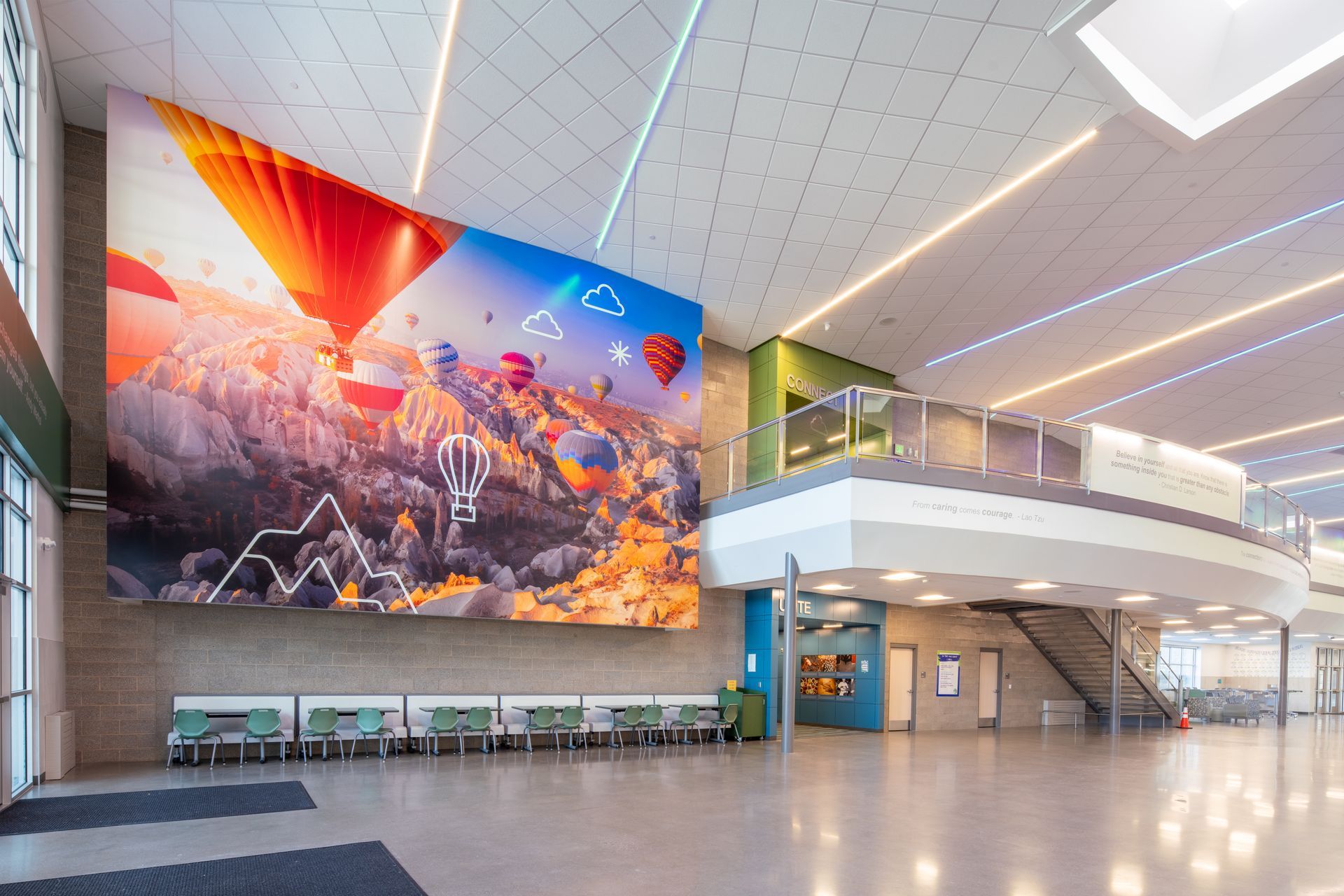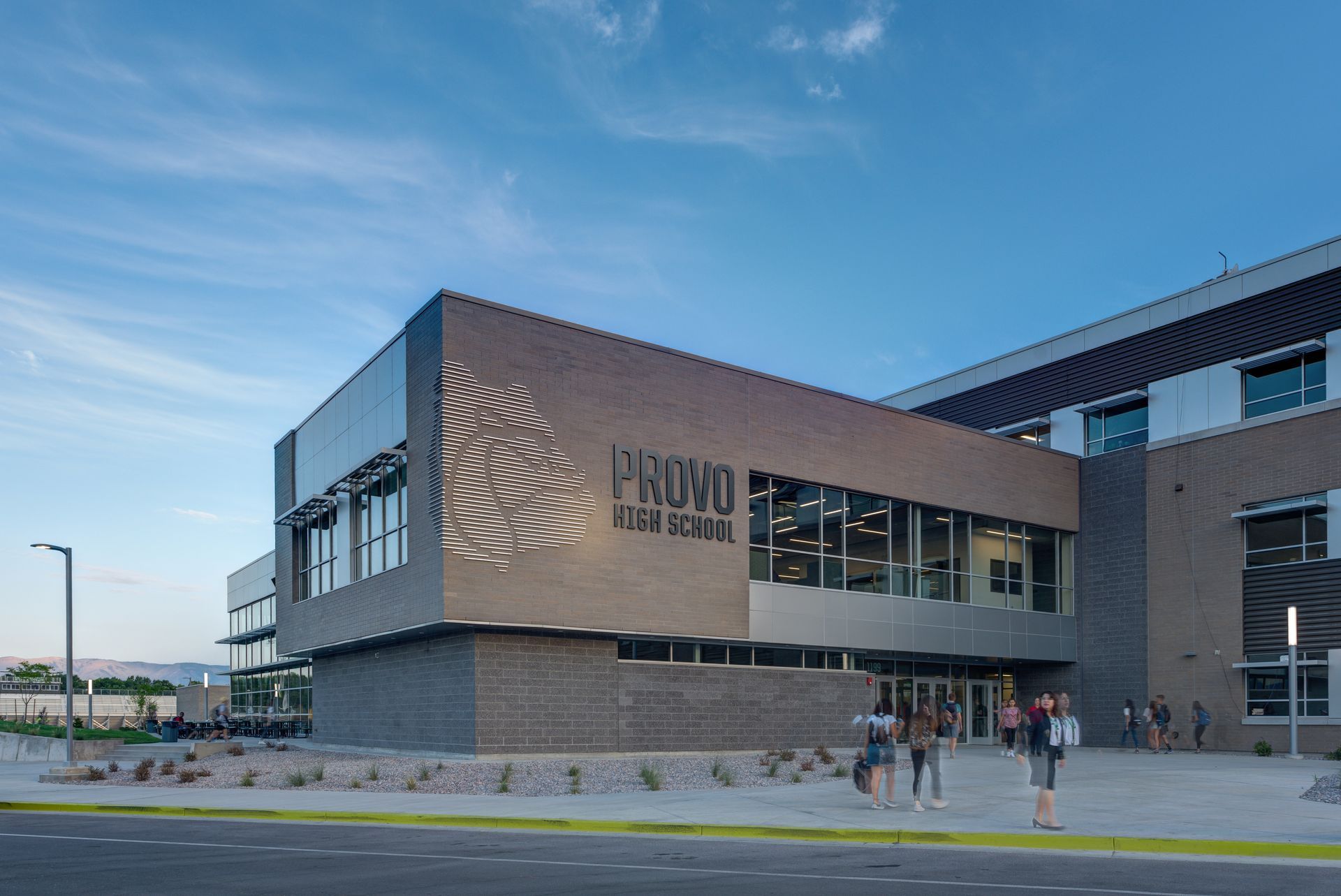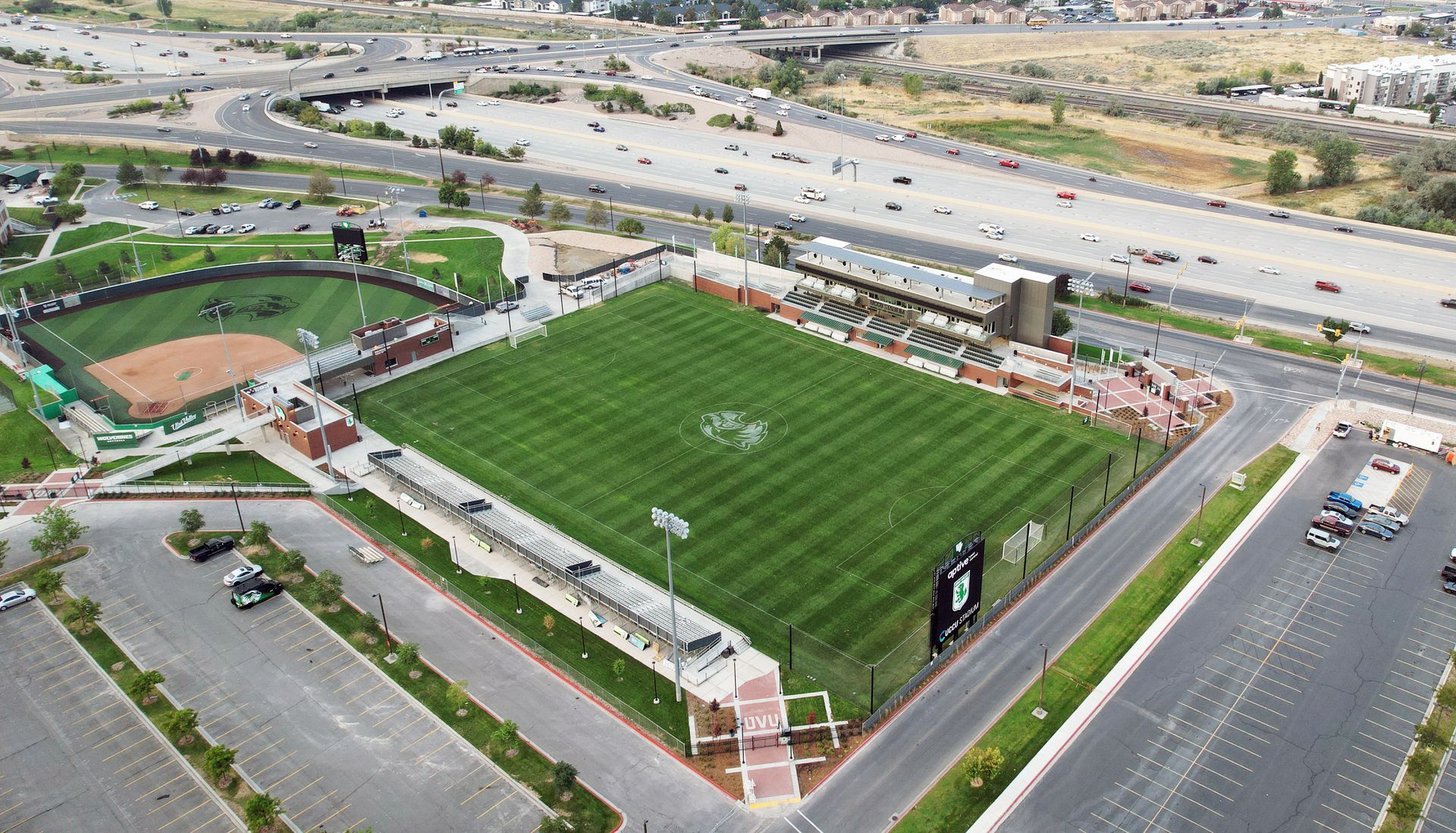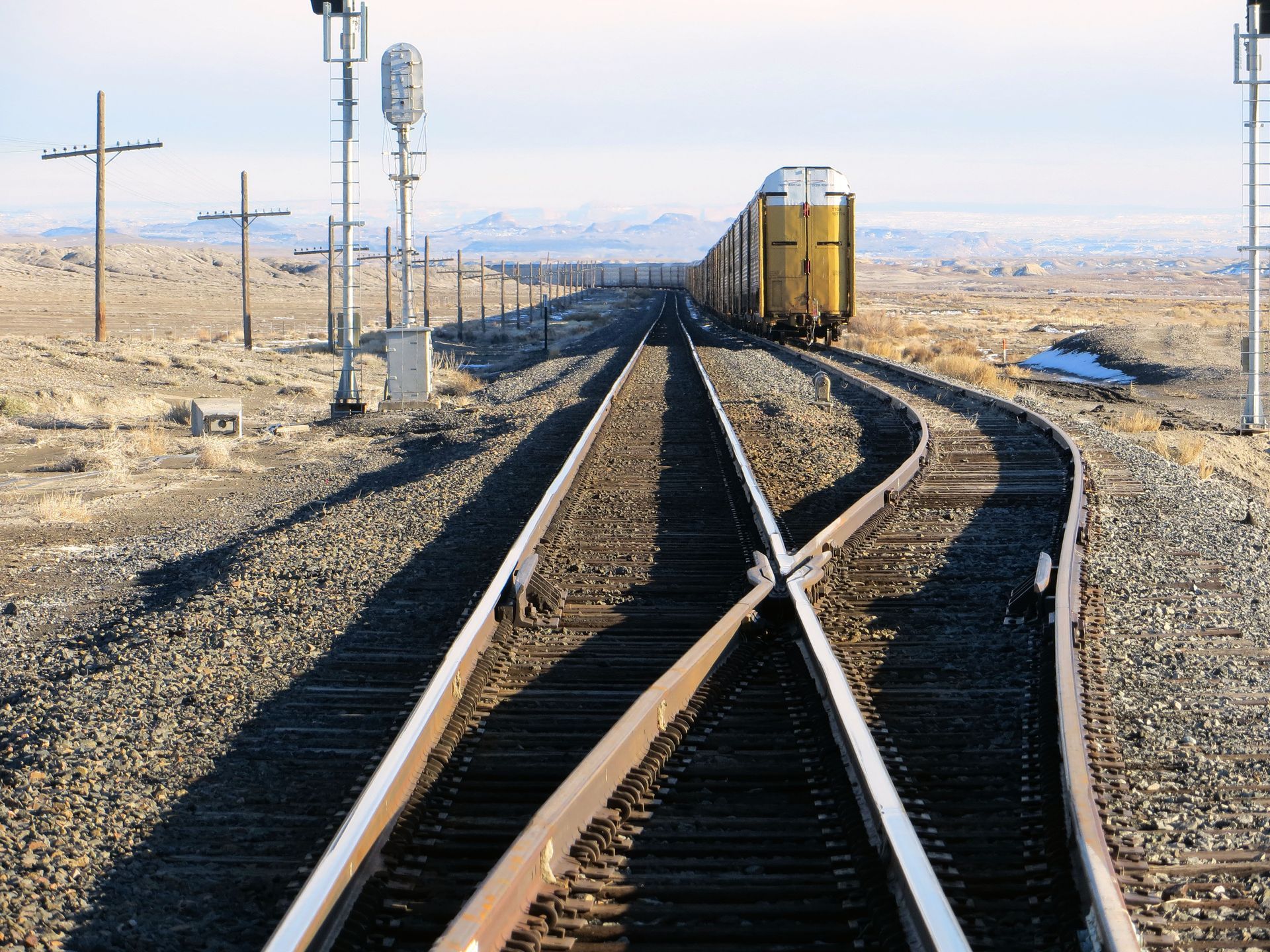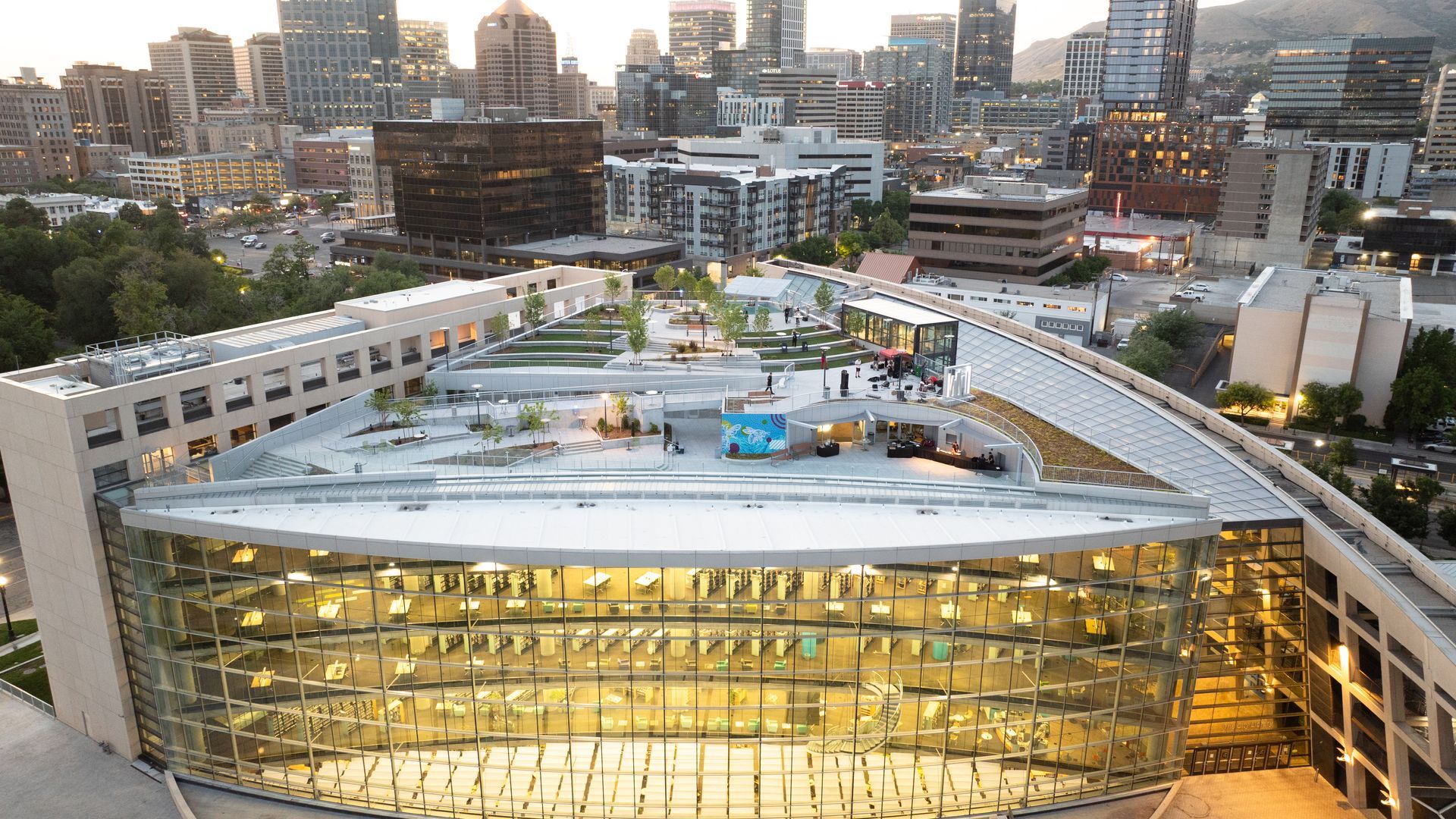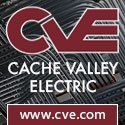UC+D: Evolution is natural, but how have you all sought to stick to the values you created when Calder Richards was formed?
SP: We’ve been consistent about how our company responds to growth. With that, we have an advancement track in our company to bring in new engineers to take opportunities and eventually be owners in our company.
NB: We look for engineers with master’s degrees, and we hire really talented people from the local engineering schools with a few transplants as well. But we hire them and train them in the hopes of keeping them. It’s how I was brought on, and we think it’s working.
UC+D: What are some tangible ways that you see those values reflected in your company?
NB: We listen to the people we hire. We had some of our younger employees tell us to check out Tekla software, and so we bought a license, tested and tried it. While we decided not to shift our main focus over at this time, we learned and expanded our capabilities and have more options for the future thanks to them. These are smart, talented people who bring so much to the table, and we try not to stifle them, because they will rise if we give them the chance.
UC+D: Since Calder Richards looks to bring young engineers in and build them up, what does your advancement track look like for them?
NB: We start with engineers in training, who can move to project engineer once they earn their professional engineer licensure. Then to project manager and then associate level after employees earn their structural engineering licensure. After that, they can become partners, with the final step becoming managing partners. If people see themselves in a future here, they won’t be going somewhere else.
SP: The senior partners, like myself and Scott, have or will sell off shares in the company to newer partners to bring them in and continue this process. To Nolan’s point, 90% of our employees have been with Calder Richards for their entire careers. We invest in our employees so we just don’t have a lot of turnover.
UC+D: Those are pretty incredible stats. How do you stay progressive in your ideas and decision-making to do the best work?
NB: I think it comes from the outside and what our clients are pushing. If you would have asked me 15 years ago if I would ever design a school in tilt-up concrete, I would have said ‘No way’. But as masonry became more of a rarity, and pricing changed on other materials, we adapted, and it helped us to design places like the Alta High School Performing Arts Center.
SP: It goes back to adapting to what is current and where the trends are. Our company improvement committee meets to talk about these things and helps us stay aware of what’s happening around us.
NB: To Shaun’s point, the cantilever designed for Farmington High School sticks out 40 feet from the library. We could have easily said “No, it doesn’t work.” But we came up with a floor to roof truss—we innovated and thought outside the box. It’s helped us to earn repeat clients.
UC+D: Collaboration is significant to your role as structural consultants. How would you describe what good collaboration looks like as things move into construction?
NB: When contractors are preparing to start a new building, they’ll send over shop drawings for us to review. Also, we list in our drawings what we want to see in the field and then we go out and give site observation reports. We’re not inspectors, but we want to provide a level of oversight about our work. We don’t want to slow down the process, so we want to quickly respond to RFIs and maintain a good relationship with the contractors.
SP: When you’re working with contractors, you’re working through different options. Sometimes, they tell us “We like your details here, but this is not buildable. But we have an idea on how this detail could change to make it possible.” We’re open to hearing that! We work with some really talented contractors.
UC+D: It seems like the human factor is so critical to your work, how do you balance it with the push to utilize AI?
SP: I attended a seminar recently where someone said, “Who is responsible if we have AI do all the design work, and then we stamp it at the end? If you stamped it, you’re responsible.” But AI is not following up with builders to review shop drawings, and it’s not walking the site to ensure everything checks out.
UC+D: Where else does that more personal component shine through?
NB: We have repeat clients for most of our work, and it has been good to work with the architectural teams and get a feeling for what they like and how they want it done. It’s been a good way to team with architects, and for them to recognize and see the value we bring by being a part of the discussion earlier in the process.
UC+D: When you think of these projects that best reflect that attitude, I know that picking favorites is always challenging, but what are some of those projects for you all?
SP: When we’re designing some of these projects and really in the thick of it, they certainly don’t feel like favorites! But when I look back, I would list Talking Stick as one, and the adaptive reuse of the High West Distillery + Restaurant in Park City as another project I really enjoyed working on.
NB: Farmington High School was a fun project because the architecture was so challenging on it. There were some cool things we did on it that you don’t realize unless you’ve been with the architect, where archways create a unique visual effect. Being able to do that 40-foot cantilever for the library was cool, too. When they were ready to remove the shoring, I asked the contractor if they were worried, and he said, “Kind of!” But when they measured the deflection, it met exactly what we told them it would, 3/8 of an inch.
UC+D: What does the future look like for Calder Richards as it relates to Utah’s built environment?
SP: We’ve been pretty fortunate here in the Wasatch Front to have a strong economy and strong growth. It’s good for our industry. But we don’t want to see Utah just grow to grow. We’re going to have more water-related challenges, and we need to ensure that we can have an infrastructure to support those living here. We want to see sustainable growth. And Calder Richards looks forward to providing structural engineering for sustainable growth far into the future.
